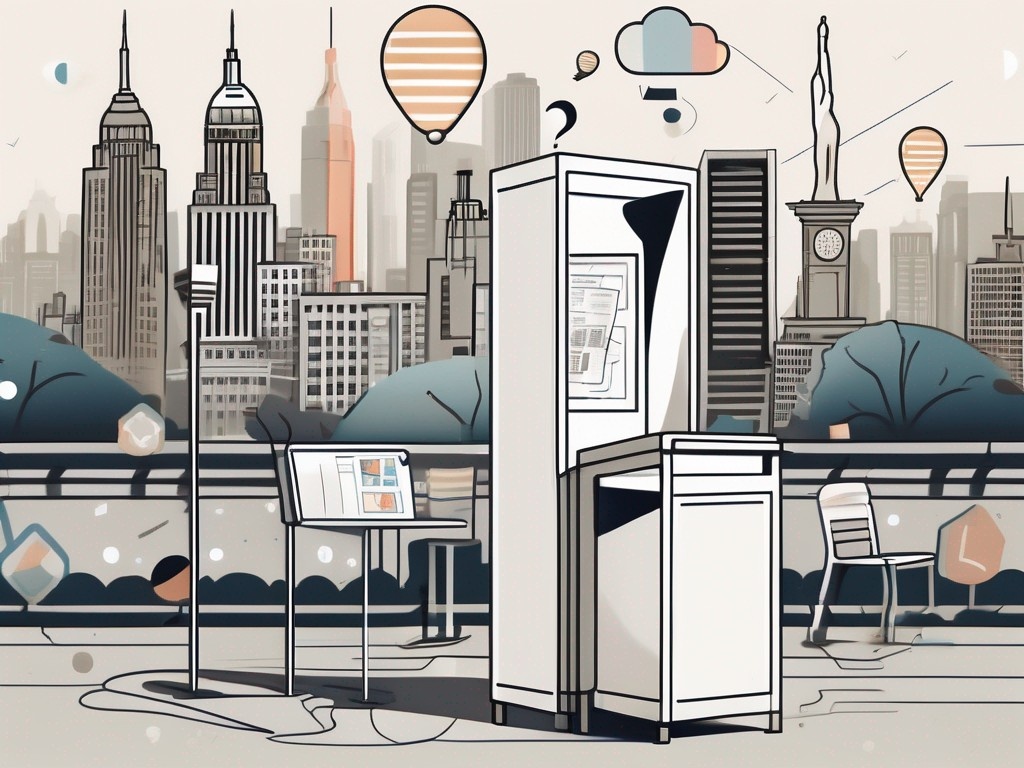Unemployment remains a pressing issue in New Jersey, affecting individuals and families, as well as the overall state economy. This article examines the current unemployment landscape, successful strategies, the challenges faced, and recommendations for future interventions. Understanding these elements is pivotal in formulating effective solutions to this persistent issue.
Understanding the Unemployment Landscape in New Jersey
New Jersey has experienced various fluctuations in its unemployment rates, reflecting broader national trends while also being influenced by local economic conditions. Throughout the last few years, the state has witnessed periods of both high unemployment and gradual recovery. Understanding the underlying factors that contribute to these fluctuations is essential for developing effective interventions.

The Current Unemployment Rate in New Jersey
As of September 2024, New Jersey’s unemployment rate stands at approximately 4.7%. This represents a notable recovery from the peak rates observed during the COVID-19 pandemic when the rate soared to over 16%. While recent figures suggest improvement, they also highlight the persistent challenges some communities face in finding gainful employment.
Areas such as Camden and Newark continue to experience higher unemployment rates than the state average, indicating a need for targeted efforts. Understanding these disparities is crucial for policymakers in their efforts to ensure equitable job opportunities across the state. Moreover, the impact of unemployment extends beyond mere statistics; it affects families, communities, and the overall economic health of the region. The emotional toll on individuals who are unable to secure work can lead to increased stress and mental health issues, further complicating the recovery process.
Factors Contributing to Unemployment in New Jersey
Several factors contribute to unemployment in New Jersey, including economic conditions, industry changes, and workforce skills mismatches. The decline of manufacturing jobs, for instance, has left many workers without the necessary skills to transition to emerging industries.
Additionally, high costs of living and housing have made it more challenging for residents to seek employment, especially in vulnerable communities. Addressing these systemic issues will require a multi-faceted approach that considers both job creation and support services for workers. Furthermore, the rise of remote work and digital industries has created a divide, as those with access to technology and training can thrive, while others are left behind. Programs aimed at upskilling the workforce and providing access to technology are essential in bridging this gap, ensuring that all residents have the opportunity to participate in the evolving job market. The collaboration between educational institutions, local governments, and businesses will be vital in creating a robust pipeline for future employment opportunities.
Successful Strategies in Reducing Unemployment
Despite the challenges, New Jersey has implemented several successful strategies aimed at reducing unemployment. Collaboration between government entities and private industry has played a key role in these efforts. The lessons learned from these initiatives can guide future policies and practices.
Government Initiatives and Their Impact
The government has introduced various programs aimed at job training and workforce development. Initiatives such as the New Jersey Talent Networks provide support for job seekers through skill-building workshops and career counseling. Such programs have demonstrated success by connecting employers with skilled candidates, particularly in high-demand sectors like technology and healthcare.
Moreover, the state has allocated funds to support small businesses, which are crucial for job creation. By offering tax incentives and grants, the government has encouraged new startups and expansions, leading to job growth and stabilization in local economies. These efforts are complemented by partnerships with community colleges that offer tailored training programs, ensuring that the workforce is equipped with the necessary skills to meet the evolving demands of the marketplace. This alignment not only enhances employability but also boosts the overall productivity of the state’s economy.
Role of Private Sector in Job Creation
The private sector also plays a vital role in addressing unemployment. Companies are increasingly recognizing their responsibility to contribute to community development by providing jobs and supporting local initiatives. Collaborations with local colleges and training facilities have become common, with businesses helping to align educational programs with market needs.
Furthermore, some organizations have established mentorship programs that not only provide job opportunities but also offer guidance and support to young professionals, fostering an environment of growth and development. This synergy between private and public sectors is essential for sustaining economic health. In addition, many firms are investing in diversity and inclusion initiatives, which not only enrich the workplace culture but also expand the talent pool. By actively engaging underrepresented communities, businesses are not only addressing social inequities but are also tapping into a wealth of untapped potential, which can lead to innovative solutions and enhanced competitiveness in the global market.
Challenges in Addressing Unemployment
While there are successful strategies in place, several challenges remain that complicate the fight against unemployment in New Jersey. These obstacles vary in nature, from economic factors to social barriers, and must be recognized and addressed to ensure progress.

Economic Factors Hindering Job Growth
A sluggish economy can stifle job creation, particularly in industries that have been significantly impacted by external events such as global market fluctuations or public health crises. High levels of inflation and rising interest rates have made it more difficult for businesses to grow or hire new employees.
In particular, sectors like hospitality and retail have struggled to recover fully, limiting opportunities for those seeking employment. Understanding the economic landscape and its multifactorial influences can help in crafting more resilient strategies moving forward. Moreover, the shift towards automation and digitalization in various industries poses an additional challenge, as many low-skilled jobs are at risk of being replaced by technology. This trend necessitates a proactive approach to workforce development, ensuring that workers are equipped with the skills needed to thrive in an evolving job market.
Social and Educational Barriers to Employment
Social factors also play a significant role in unemployment rates. The intersection of race, gender, and socioeconomic status often results in disparities in job access. For instance, marginalized communities may face systemic obstacles that make it difficult to enter the job market.
Educational barriers further exacerbate these issues, with many individuals lacking access to the necessary training or education required for available jobs. Addressing these disparities demands a comprehensive approach that includes educational reform, community support programs, and outreach efforts. Additionally, mentorship programs can play a pivotal role in guiding individuals from underrepresented backgrounds toward career opportunities, providing them with the networks and resources necessary to succeed. By fostering an inclusive environment that prioritizes diversity in hiring practices, New Jersey can take significant steps toward reducing unemployment and promoting economic equity for all its residents.
Future Projections and Recommendations
The future outlook for New Jersey’s job market depends heavily on current and future policies. With the right strategies, there is potential for significant improvements in employment rates, but proactive measures are essential.

Predicted Trends in New Jersey’s Job Market
Predictions suggest that New Jersey could experience growth in sectors such as technology and renewable energy, which are expected to be at the forefront of job creation. Additionally, the ongoing evolution of remote work may allow for greater flexibility in job options across various industries.
This anticipated shift underscores the need for training programs to adapt to these emerging markets. Investing in educational resources and partnerships with industry leaders will be key in preparing the workforce for future opportunities. For instance, universities and community colleges could develop specialized courses that focus on skills relevant to these growing fields, such as data analysis, cybersecurity, and sustainable engineering practices. Furthermore, collaboration with tech companies could lead to internship programs that provide hands-on experience, bridging the gap between education and employment.
Policy Recommendations for Reducing Unemployment
To effectively reduce unemployment, policymakers should consider a multi-pronged approach that includes the following recommendations:
- Enhancing funding for workforce development programs, particularly in high-demand industries.
- Investing in public transportation to improve access to job opportunities.
- Establishing mentorship and apprenticeship programs to create pathways to employment.
By implementing these strategies, New Jersey could foster a more inclusive and thriving job market, ultimately benefiting its economy and residents. Additionally, it would be beneficial to create a task force dedicated to monitoring the effectiveness of these initiatives, ensuring that they evolve in response to changing economic conditions. Regular assessments could help identify gaps in the job market and inform adjustments to training programs, thereby enhancing their relevance and impact.
Moreover, community engagement plays a crucial role in the success of these policies. By involving local stakeholders, including businesses, educators, and residents, New Jersey can create a more tailored approach to workforce development. Town hall meetings and workshops could serve as platforms for gathering input and fostering collaboration, ensuring that the voices of those directly affected by unemployment are heard and considered in the decision-making process.















